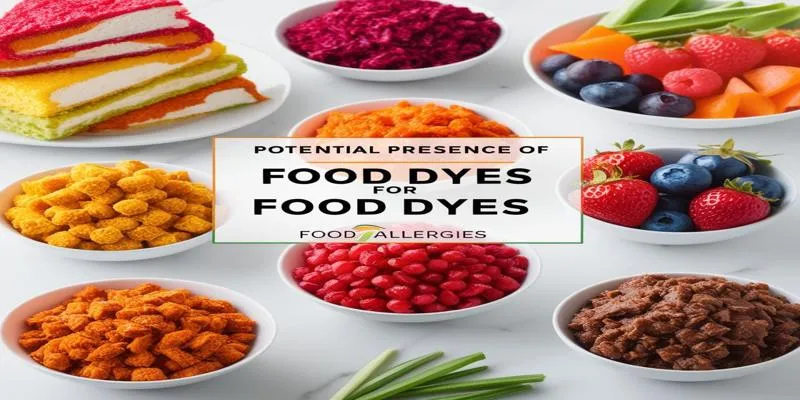Eating for Pleasure: Easier to Overdo Than Eating When Hungry
We’ve all experienced the undeniable urge to have a delicious dessert, even when we’re not hungry. This phenomenon, known as hedonic eating, is a significant challenge to maintaining a healthy diet. Understanding the complex relationship between food and pleasure is crucial, as eating for enjoyment is often easier than eating to satisfy hunger or nourish the body.
The Pleasure Principle: Why Eating for Enjoyment is Harder to Control

The Allure of Pleasurable Foods
Eating for pleasure triggers powerful psychological and physiological responses. The brain’s reward centers activate, releasing feel-good chemicals like dopamine. This creates a positive feedback loop, driving you to seek more pleasurable eating experiences. Unfortunately, this can lead to overconsumption as the desire for pleasure can overpower the body’s natural satiety signals.
The Role of Highly Palatable Foods
In today’s world, we’re surrounded by highly palatable foods engineered to be irresistible. These foods, often rich in sugar, fat, and salt, stimulate the brain’s reward pathways far more intensely than natural, whole foods. When eating for enjoyment, it’s easy to overeat these hyper-palatable options without feeling full.
Emotional Eating and Comfort Food
Eating for pleasure is often linked to emotional needs, such as relieving stress or celebrating special occasions. This emotional connection can make it difficult to resist comfort foods, creating a cycle of emotional eating that reinforces the behavior.
Mindfulness and Conscious Eating
To manage hedonic eating, apply mindful eating principles: focus on the flavor, texture, and aroma of your food. Eat slowly and savor each bite. This approach allows you to enjoy smaller portions and avoid overeating while still enjoying your meals.
Hunger vs. Hedonic Eating: Understanding the Difference
Not all motivations for eating are equal. Understanding the difference between eating out of hunger and eating for pleasure is key to a healthy relationship with food. Let’s explore these two driving forces and their impact on health.
Physiological Hunger
Hunger is your body’s natural signal that it needs fuel. This physiological drive involves complex mechanisms with hormones and nerves responding to energy requirements. Signs of true hunger include:
- A rumbling stomach
- Difficulty concentrating
- Irritability or mood swings
- Feelings of weakness or lethargy
Hedonic Eating
Hedonic eating is driven by the pleasure and reward from food, not physiological needs. This typically occurs in response to:
- Enticing aromas or visual cues
- Emotional states like stress or boredom
- Social situations or celebrations
- Habits or routines
The Impact on Health
Understanding these differences is crucial, as hedonic eating can lead to overeating. Consuming extra calories for pleasure, rather than hunger, can cause weight gain, metabolic issues, and other health problems.
The Dangers of Overeating for Pleasure: Health Risks and Consequences

Overeating for pleasure can have various health consequences. Being informed about these risks is essential for maintaining health and preventing complications.
Obesity and Weight Gain
Regularly overeating high-calorie foods can result in significant weight gain over time, putting additional stress on your body and increasing the risk of obesity-related disorders.
Metabolic Disorders
Indulging in sugar and unhealthy fats can disrupt your body’s metabolic processes. If unchecked, this can lead to insulin resistance and type 2 diabetes.
Cardiovascular Complications
Foods consumed for pleasure are often high in saturated fat and cholesterol, which can clog arteries and increase the risk of heart disease, hypertension, and stroke.
Digestive Issues
Overeating burdens the digestive system, leading to bloating, acid reflux, and discomfort. Chronic overeating can also cause serious gastrointestinal disorders like gastroesophageal reflux disease and irritable bowel syndrome.
Psychological Impact
While eating for pleasure may bring temporary satisfaction, it can also lead to emotional consequences such as guilt, shame, and loss of control, potentially escalating to disordered eating or clinical eating disorders.
Tips for Mindful Eating: Cultivating a Healthy Relationship with Food
Practice Conscious Consumption
Begin by being a mindful eater. Pause before grabbing a snack and ask yourself if you’re eating out of hunger, an emotional reaction, or habit. Being aware of your hunger cues can help you differentiate between physical and psychological needs for food.
Engage Your Senses
When you eat, focus entirely on the experience. Notice the colors, textures, and aromas of your food. Take small bites and chew slowly to savor each flavor. This sensory engagement enhances enjoyment and helps your body recognize fullness, preventing overeating.
Create a Distraction-Free Environment
In today’s fast-paced world, eating often becomes hurried and multitasked, leading to mindless eating. Make mealtimes sacred by turning off screens and setting work aside. This focus allows you to enjoy your meal, feel satisfied with appropriate portions, and avoid overindulgence.
Listen to Your Body’s Signals
Learn to recognize your body’s true hunger and fullness cues. Eat when you’re hungry, not just because it’s “time,” and stop when you’re comfortably full, not overstuffed. This practice promotes intuitive eating and fosters a positive relationship with food.
Conclusion
Being mindful about eating is the key to cultivating a healthy relationship with food. It helps you distinguish between eating for enjoyment and eating out of hunger. By practicing mindfulness, you can enjoy food without overindulging and maintain better overall health.











